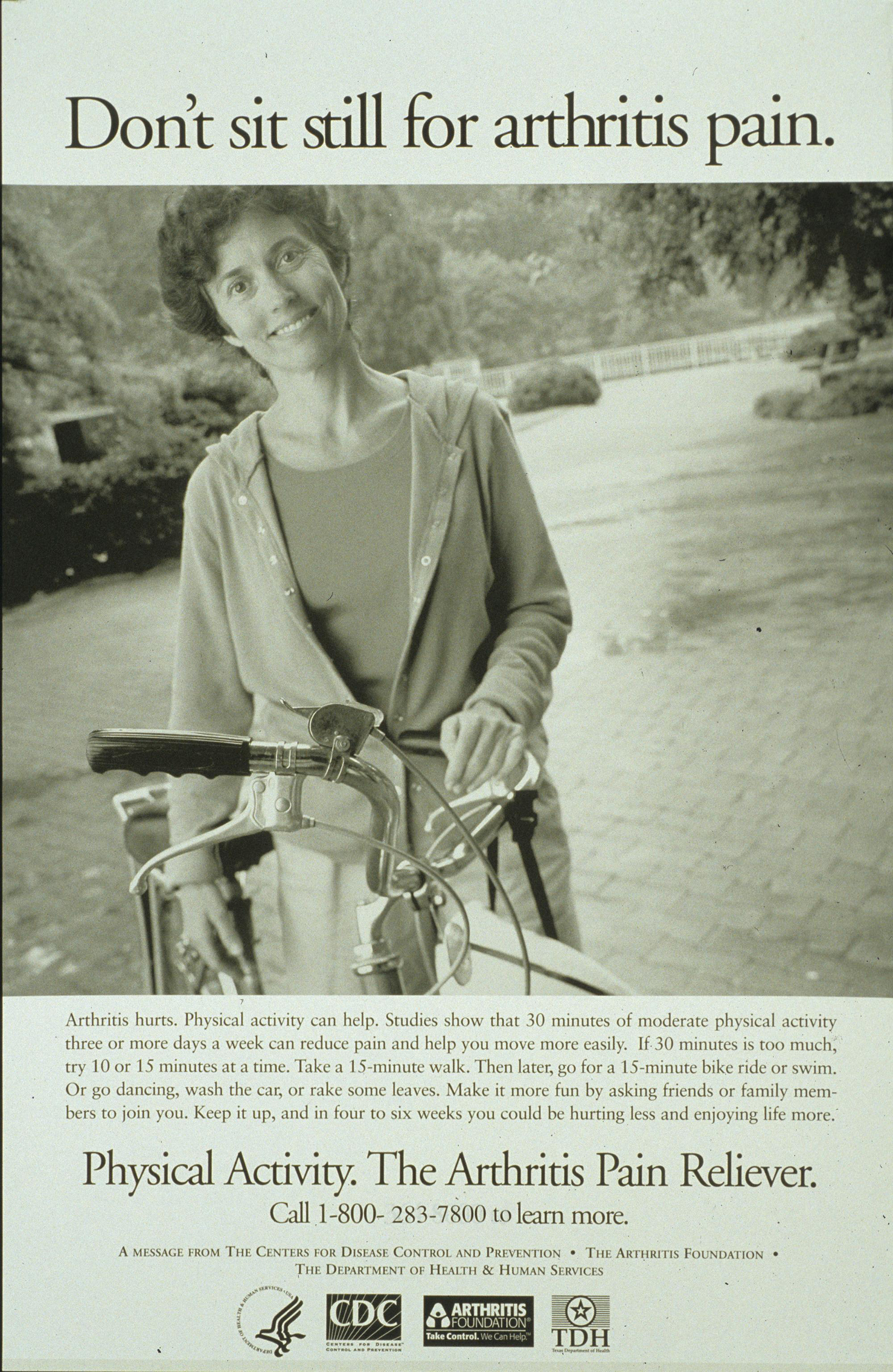
Even though this is quite a common condition in the elderly or even people older than 50, hearing the word “arthritis” combined with the word “children” may seem illogical. Unfortunately, juvenile arthritis is a condition which can and does affect children.
Therefore, if you desire to learn more about this condition, the lines below are bound to prove to be ofassistance.
Juvenile Arthritis and Exercise
This condition, when appearing in children may initially show itself through mild or strange symptoms like a rash, a swollen knuckle or fever. However, as the time goes by, the symptoms are likely to become more serious, clearly signifying this condition. Basically, it is an inflammation of the joints which leads to swelling, pain and heat.
Juvenile arthritis affects each child differently; while some may suffer from it for years or their entire lives, other, more fortunate individuals may experience this condition for not more than a couple of weeks. Either way, about 300,000 children in the US suffer from juvenile arthritis and about 50,000 of the lot suffer from a type of this condition called juvenile rheumatoid arthritis.
The causes behind juvenile arthritis are frequently unknown or unexplainable. Yet, many researches have lead us to believing that an autoimmune disease may be the main culprit. This means that the white blood cells in the affected child's body cannot differentiate between harmful microorganisms and cells and the healthy, normal ones, attacking the latter too, leading to pain and many possible health complications. Thus, it is very important to assess the exact symptoms related to each occurrence of juvenile arthritis in order for any treatment or diagnosis to bepossible.
Speaking of the treatment for rheumatoid juvenile arthritis or some other forms of this type of joint illness, there are several different choices the doctors may opt for. Usually, a combination of medications, physical therapy and exercising is used, being known as the best and most effective form of treatment, removing the inflammation and reducing the swelling, preventing or delaying the deterioration of the joints, promoting growth and unobstructed physical development in the affected child.
As far as the importance of exercising is concerned, the physical therapy program is essential part of the treatment. It encompasses certain physical activities which are considered to be the best for alleviating the patient's condition. Motion exercises, flexibility workouts and strength and endurance-boosting physical activities may all be the possible part of the physical therapy used for the treatment of juvenile arthritis.
When the pain appears, being one of the main symptoms of this condition, most children who experience this desire nothing but to stand still and wait for the discomfort to pass. However, even though this is a perfectly reasonable, rational decision, the muscles of the children affected by rheumatoid arthritis need to be in a good physical shape, being strong and healthy enough to support the joints and provide them with suitable protection. Therefore, exercising is crucial and physical activity needs to be practiced regularly, through proper stretches and warm ups, as well as certain sports. In order to learn more about the sport activities suitable for children with rheumatoid arthritis, contact your health provider. He/she may give you some nutritional information as well, helping you get the best possible nutrients for your child's body, keeping his/her bones and joints strong and more resistant to this condition.
Physical Fitness and JA
As it is mentioned above, staying physically fit is necessary for every child who fights the symptoms of juvenile arthritis. Surely, medications will help one deal with the swelling and the inflammation. Yet, in order to achieve some long-term improvements and prevent this condition from escalating, you need to motivate your child to stay in an excellent physicalform.
Finding a good physical therapist for your child will guarantee improvement or even complete recovery. Moreover, this therapist will teach the child how to use hot baths, hot packs or some other such treatments in order to prevent pain or any other symptoms of juvenile arthritis.
As for sports promoting the level of physical fitness in these situations, swimming and bike riding are the most recommended ones since these are low-impact, not placing a lot of pressure on the joints. For these reasons, jumping on a trampoline or running are not advisable, even though football or basketball can be suitable, if the therapist and other members of the medical staff in charge of your child agree.
Keep in mind that splints and orthoics can contribute to the recovery, keeping the joints well-fitted and the body weight well-balanced.
To sum up, physical fitness is an absolute must for all children who suffer from juvenile arthritis. You, as a proud parent of your brave child should do your best to help your son/daughter get all the adequate medical assistance they need and manage to recover from this condition or learn how to live with it in the most painless way possible.



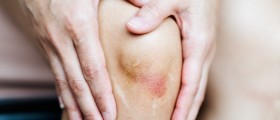
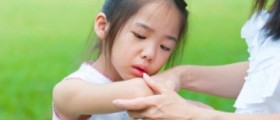
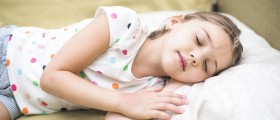

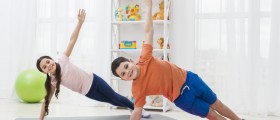

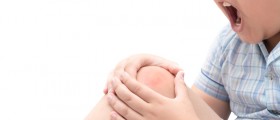



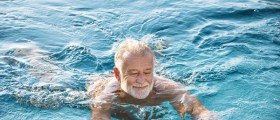
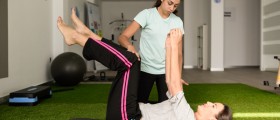
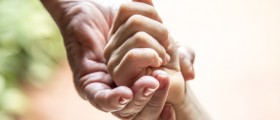

Your thoughts on this
Loading...